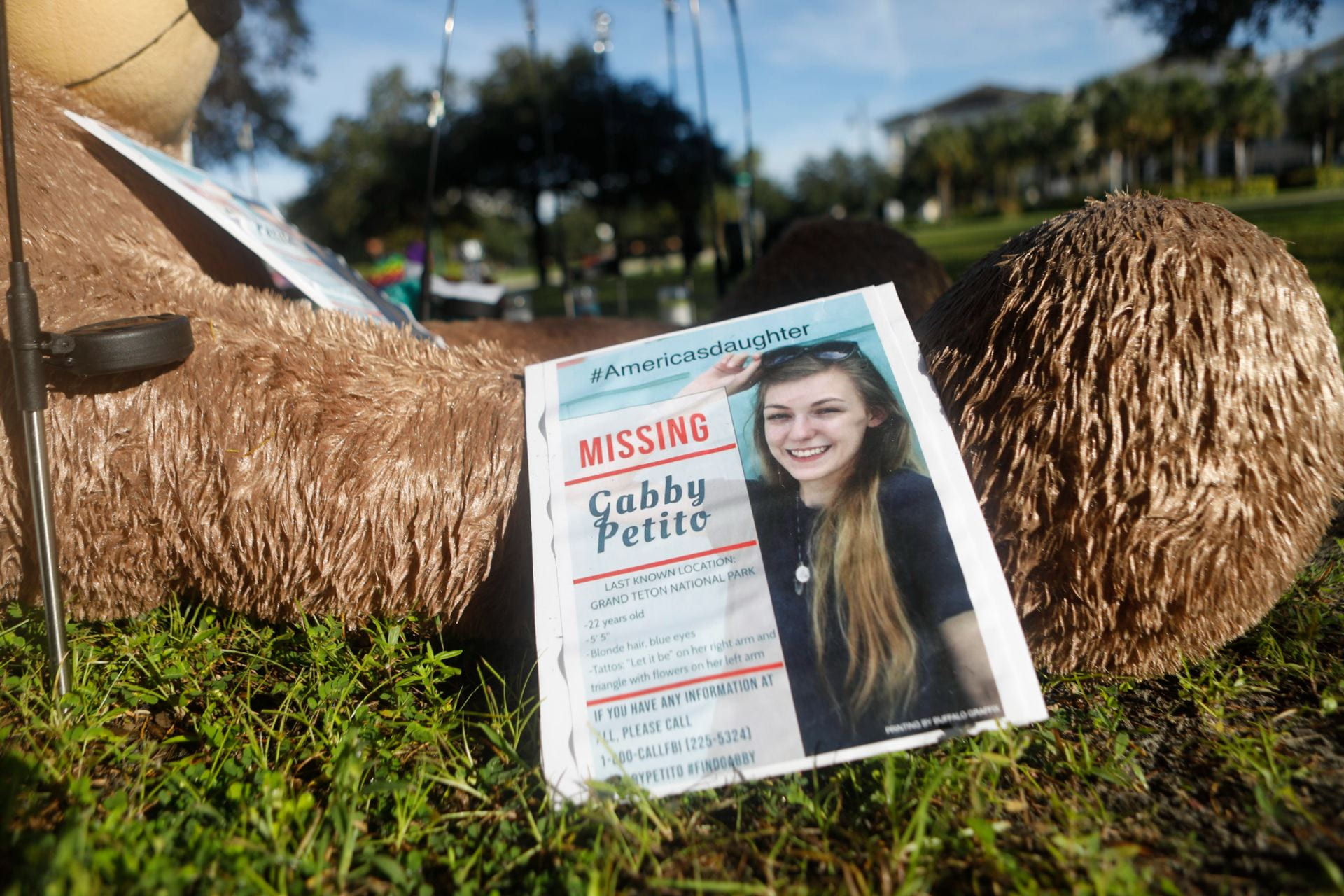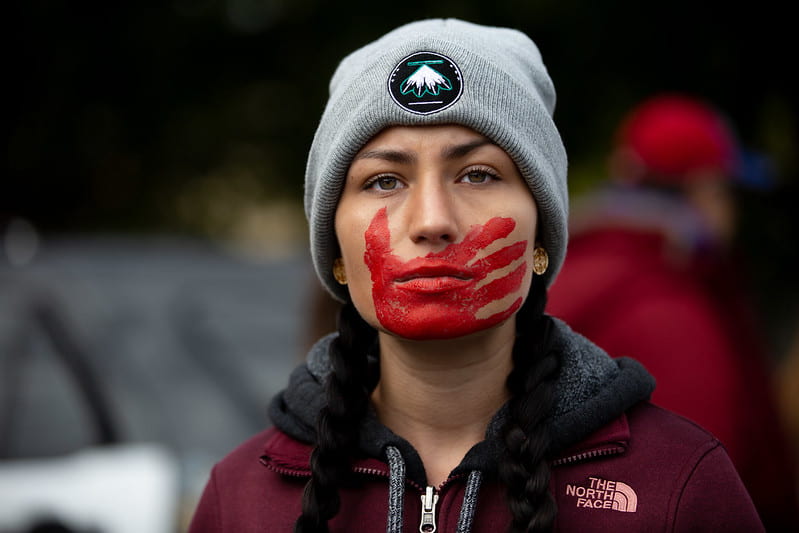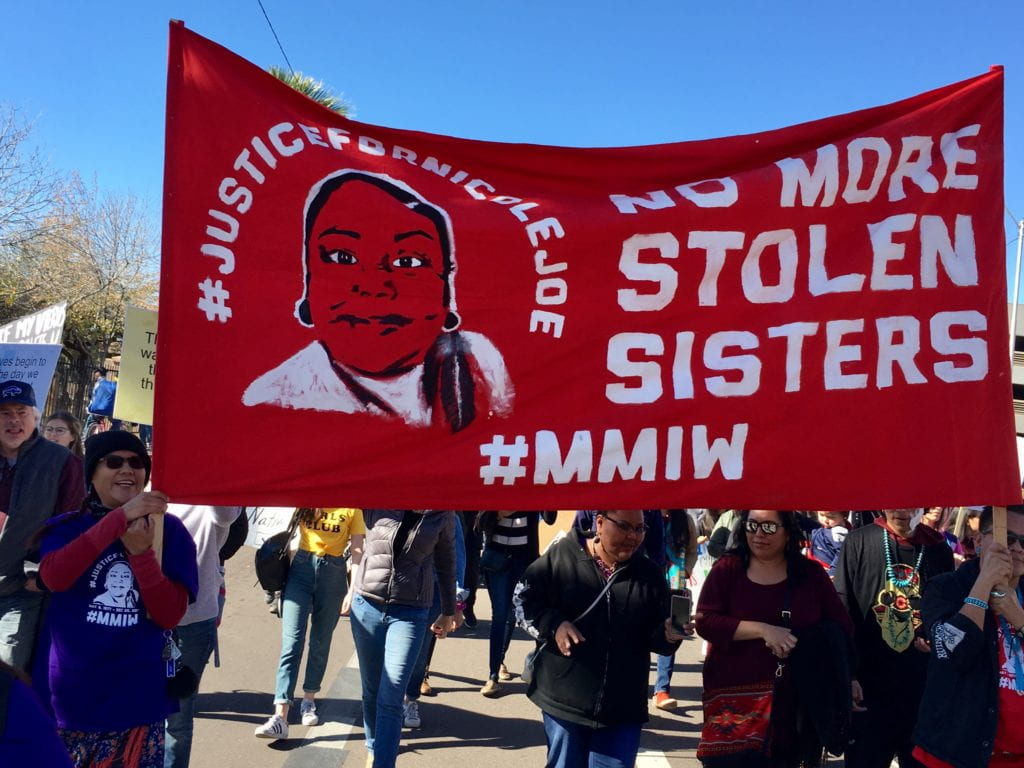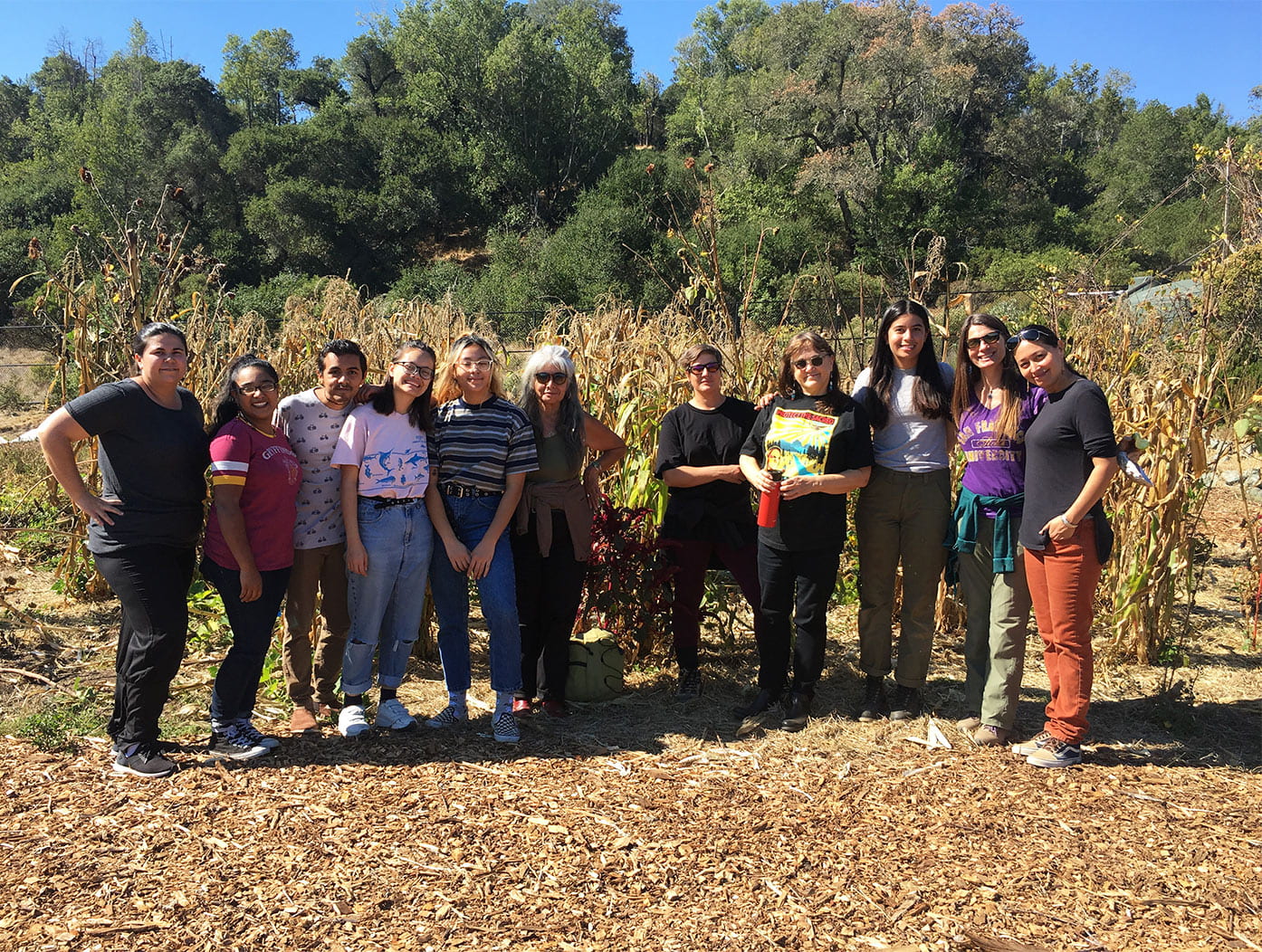
On September 11, Gabby Petito, a young white woman who was travelling in a van and recording videos about her life with her boyfriend, was reported missing by her family. Petito’s popularity on YouTube and Tik Tok helped the story circulate like wildfire with true crime podcasts , national news channels , and intense investigation from officials and the general public. The fervent public engagement and dedication of investigative officials lead to Petito’s remains being discovered in less than a month in Wyoming. Within the last nine years 710 indigenous people, mainly women, have disappeared in the same area where Petito was found, and most cases have remained unresolved. Where was their national media coverage? Currently, 64,000 Black women are declared missing within America, but where is their media attention and public outcry? The case of Gabby Petito is an unfortunate situation and deserves to have the proper investigative force behind it. However, we must ask ourselves why cases like Petito’s, usually young white women gain the most awareness, while women of color, like indigenous women are often ignored on a local and national level. The power of the media and public opinion is significant. The interest of the public has been able to reopen cases and even apprehend criminals. Public outcry has secured justice for victims and their families, which is recognition and treatment that indigenous women often lack.

The Mary Johnson Case
On November 25, 2020 Mary Johnson, an indigenous woman of the Tulalip Tribe, went missing while walking to a friend’s house in Washington state. Over the span of 10 months, the search for Johnson involved a billboard on the interstate and local media coverage, which resulted in little development towards finding or arresting the perpetrator behind her disappearance. Local tribal police efforts have not recovered Mary Johnson’s body and have not made any arrests, despite having identified multiple people of interest.
Why has such little investigative action occurred over such a long period of time? Abigail Echo-Hawk, chief research officer for the Seattle Indian Health Board, states that investigation by law enforcement is often delayed due to the “maze of jurisdiction” in the local county. The boundaries among the authorities overseeing the case must be distinguished between the federal government, state government, and the tribal police, this process is often complicated by the complex procedures of bureaucracy. Additionally, tribal authorities often lack jurisdiction or are limited in their ability to prosecute non-Native people for crimes committed on tribal land. The federal government, which carries the authority of persecution, often does not offer its services. The competence and empathy that Mary Johnson and her family deserve was undercut by governmental and legislative administrations who focused on avoiding responsibility rather than seeking justice, for Mary Johnson. Cases such as Mary Johnson continue to emulate the numerous, and neglected cases of missing indigenous women.

The Disparities in Media Attention and Investigation
The discrepancy in the media treatment and public awareness of missing white women compared to missing women of color, including indigenous women, is referred to as “missing white woman syndrome.” The Lucchesi Sovereign Bodies Institute reports that from 2000 to 2009 local and state media covered 18% of homicide cases related to indigenous women and 50% of homicide cases related to white victims. The reporting of cases between white and indigenous victims is even dependent on the status of the victim, whether they are dead or alive. The Wyoming Survey and Analysis Center reports that white people are more likely to have an article written about them while they are still alive. Approximately 76% of articles written about white victims are published while the victim is still alive, but 42% of articles written about indigenous victims are written after the indigenous victim is found dead. Indigenous people are more likely to have an article written on them if they were found dead with 57% of articles being on indigenous missing people, but no articles about white missing persons which displays that white missing persons receive media recognition in a timely manner, before the victim has been found dead. The underrepresentation of indigenous women within media is alarming considering how there have been 5,712 missing cases since 2016, .
The lack of awareness and ignorance surrounding the numerous cases of missing indigenous women is ironic considering how indigenous women are at higher risk for acts of violence and should receive more awareness and protections. In fact, American Indian and Alaskan Native women living on tribal lands are murdered at rates more than ten times the national average, according to the U.S. Department of Justice. Publicity around these cases is crucial because these cases are not simply cases of missing people, but also cases of domestic violence, homicide, sexual assault, and sex trafficking which are rampant issues within indigenous communities. Compared to their white counterparts, indigenous women are 1.7 times more likely to experience violence, and 2 times more likely to be raped. More than half of indigenous women have experienced sexual violence (56.1%) and have been physically abused by their partners (55.5%). These acts of violence intrinsically violate and disregard the human right for indigenous women to exist in peace and security. Systematically, the safety and protection of indigenous women is neglected and allowed to continuously occur without intervention from the United States government.
Why is there a Gap?
Indigenous women’s rights advocates argue that indigenous women are often blamed for their own disappearances, thus resulting in a lack of empathy and effort from officials, media, and the public.
Echo-Hawk, Seattle Indian Health Board chief research officer states that, “They’re [indigenous women] assumed to have run away, have substance abuse issues, or done something that justified them going missing or being murdered.”
Due to such prejudice and bias from authorities, the crucial initial period of search for a missing person is often lost because of the dismissal of families’ concern and refusal of investigative officers to report an indigenous woman is missing. Echo-Hawks details the common scenario as victim blaming where authorities ask questions like, “Did she run away? Was she out drinking?” and then dismiss family member concerns by saying their loved one will likely just come home in a couple of days.
Beyond the biases of local authorities, such victim blaming can manifest into negative character framing within media coverage further leading to poor incentive for authorities and the public to display concern and initiative in resolving cases and serving justice for missing indigenous women. The Governor’s Taskforce on Missing and Murdered Indigenous Persons reports that 16% of articles about indigenous people involves negative character framing, emphasizing negative aspects of the victim’s life, family, and community that are unrelated to the crime itself.

How can you help?
The negligence of authorities and lack of media attention isolates Indigenous families in their search for their missing family member.
A Seattle Native-led nonprofit Na’ah Illahee (NIF) launched the “Red Blanket Fund,” to provide support for families of missing and murdered Indigenous people. You can donate to Na’ah Illahee and other organizations like it. Additional organizations include, Missing and Murdered Indigenous Women USA and National Indigenous Women’s Resource Center.
